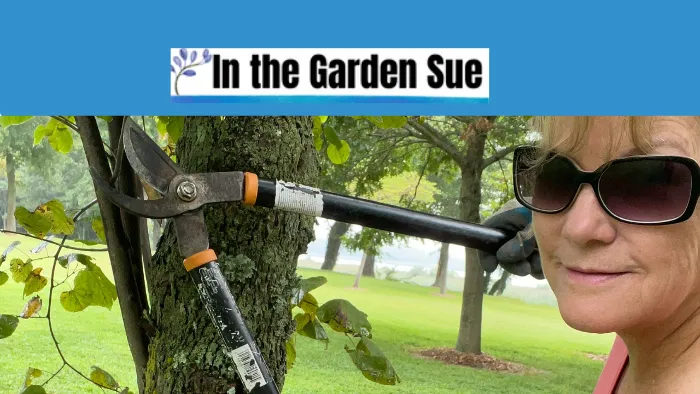Should You Prune your Bushes and Trees in Summer or Fall?

The answer is NO. Winter or Early Spring is the Best Time for Bushes and Trees. Here is why:
As the cold winds of winter give way to the first signs of spring, gardeners and arborists eagerly prepare for the annual ritual of pruning bushes and trees. Pruning is a fundamental aspect of maintaining the health, aesthetics, and overall vitality of your landscape.
While it might seem counterintuitive to trim plants during the dormant months, winter and very early spring actually offer the ideal window for this essential task.
In this article, we will delve into the reasons behind this timing and provide a guide on how to properly prune different types of trees and bushes.
The Winter Pruning Advantage
1. **Dormant State:** During the winter, most bushes and trees enter a state of dormancy. This means they are not actively growing or producing leaves and flowers. Pruning during this period minimizes stress on the plants since they aren't expending energy on growth. This allows them to heal more effectively after being pruned.
2. **Clear Visibility:** Without the cloak of leaves, the structure of the plant is more visible in winter. This is crucial for making precise cuts, as you can better assess which branches need removal to improve airflow, sunlight penetration, and overall shape.
3. **Disease and Pest Control:** Many pests and diseases are also dormant during winter. Pruning during this time reduces the risk of transmitting diseases and attracts fewer pests that are otherwise attracted to fresh pruning wounds.
4. **Promoting Growth:** Pruning in winter stimulates new growth as the plant comes out of dormancy.
Pruning Guidelines for Different Plants
1. **Fruit Trees:** Apple, pear, cherry, and other fruit trees benefit from late winter pruning. Remove any dead, diseased, or damaged branches. Thin out overcrowded areas to allow sunlight to reach the interior branches. This enhances fruit production and minimizes the risk of fungal infections.
2. **Deciduous Trees:** Trees like maple, oak, and birch can be pruned in winter to correct structural issues and remove weak or crossing branches. Focus on maintaining a strong central leader and well-spaced scaffold branches.
3. **Evergreen Trees:** Prune evergreens like pine, spruce, and fir in late winter to early spring before or just as the new growth emerges. Pinch or shear back the tips of branches to shape the tree and control its size. According to K-State Research and Extension, "Never prune deeper into an evergreen than where the green growth is showing".
4. **Flowering Shrubs:** For shrubs that bloom on new wood, such as butterfly bushes, roses, and rose of sharon, prune in late winter/early spring to encourage fresh growth and abundant blooms. For shrubs that bloom on old wood, like lilacs, forsythia, and rhododendron, prune right after they finish flowering in spring.
butterfly bush: prune in late winter
5. **Hedges:** Trim hedges in late winter to early spring before new growth appears. Maintain a slightly tapered shape, with the base slightly wider than the top to ensure sunlight reaches all parts of the hedge.
bush: prune in early spring
Pruning Dos and Don'ts
**Do: Use sharp, clean pruning tools to make clean cuts that heal quickly. Clean between trees and bushes to not transfer diseases.
**Do: Start by removing dead, diseased, and damaged branches, then clean pruner blades.
**Do: Follow the natural shape of the plant
**Don't: Over-prune(more than 25% of the tree), as it can stress the plant and lead to excessive regrowth.
**Don't prune during the active growing season, as it can shock the plant and hinder its growth.
** Don't trim a tree less than a year old. Prune a young tree only to remove dead or broken limbs
Pruning is a vital practice that contributes to the overall health and beauty of your landscape. Winter and early spring provide the optimal window for this task, allowing plants to recover swiftly and grow vigorously as the seasons change. By understanding the unique needs of different trees and bushes and following proper pruning techniques, you can ensure a thriving and vibrant garden that will flourish throughout the year. So, don your gardening gloves and pruning shears, and get ready to sculpt your outdoor haven with care and precision.


